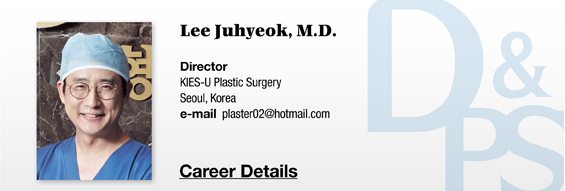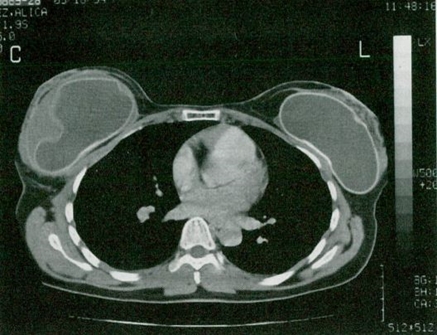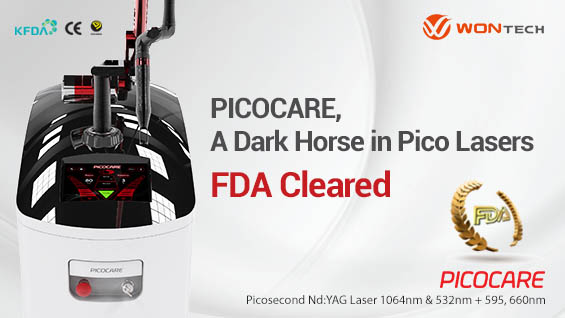
Important scientific discoveries have always started with an observation. Profound scientific advancements have begun with an observation of a seemingly mundane phenomenon and testing a hypothesis formed from intuition.
It is significant that several recent studies reported that patients who received breast augmentation surgeries using textured implants experience a higher incidence of ALCL (anaplastic large cell lymphoma). Comparing the properties of the textured shell to the smooth shell and analyzing how they can relate to the pathophysiology of ALCL can help us find important clues for preventing serious complications such as capsular contracture. In Korea, ALCL is not given enough attention and it is important that more plastic surgeons started learning about ALCL.
The first case of breast implant associated ALCL (BIA-ALCL) was reported in 1997 by John A. Keech Jr. He reported a case of anaplastic T-cell lymphoma developing in a 41-year-old woman who received a breast augmentation using saline implants (John A. Keech Jr., ANAPLASTIC T-CELL LYMPHOMA IN PROXIMITY TO A SALINE-FILLED BREAST IMPLANT. Keech, John A. Jr. D.O., F.A.C.O.I. Plastic & Reconstructive Surgery: August 1997 – Volume 100 – Issue 2 – ppg 554-555).
Previous to the above report, a dermatologic study reported three cases of cutaneous T-cell lymphoma in association with silicone breast implants. However, the association was only a conjecture and was not scientifically supported (Duvic, M.,Moore,D., Cutaneous T-cell Lymphoma in Association with Silicone Breast Implants. J. Am. Acad . Dermatol. 32:939,1995).
Keech reported that a small mass was felt in the lateral right breast of a patient who received bilateral breast augmentation with McGhan’s textured shell round type implants 4 years ago. In 1996, the mass grew larger and excisional biopsy confirmed anaplastic large cell lymphoma.

Image 1. ALCL CT image (Source: Keech’s report).
On CT imaging, lymphoma is seen surrounding the right breast implant and scattered axillary lymph nodes can be observed (Image 1). The patient received chemotherapy and achieved complete resolution. Radiation therapy was carried out and complete clinical recovery was achieved. Implants were not removed and did not obstruct chemotherapy or radiation therapy. The aesthetic appearance was not compromised after cancer treatment. However, the association between saline implants and non-hodgkin’s lymphoma could not be clarified with this single case.
[Advertisement] PICOCARE - Manufacturer: WONTECH(www.wtlaser.com)
At the time of publication of this study, there was a growing concern over a possible association between silicone breast implants and autoimmune diseases and breast cancer in the US. The academia was too preoccupied with in this concern that the rare association between silicone breast implants and ALCL seemed much less important at the time.
However, other reports of ALCL developing after breast augmentation with silicone implants followed. In 2011, FDA issued an announcement recognizing breast implant associated ALCL. However, the association was not scientifically confirmed.
-To be continued




















